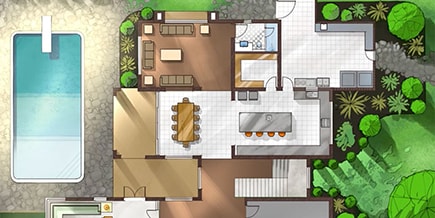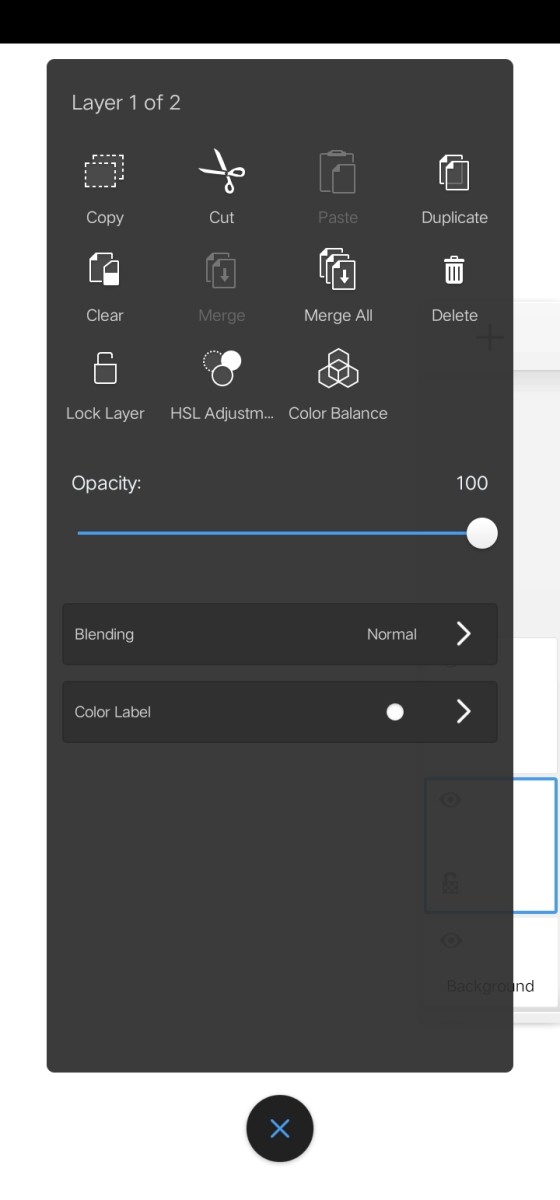

#Autodesk sketchbook mobile import image download
You can download it in the article, adapted from John Pierson’s recent post for the Dynamo blog. Not a Dynamo guru? No worries-this process uses a prebuilt graph/study type. We walk you through simple steps to load the study type, select a sheet, and explore multiple options for sheet layout. In our new installment of Have You Tried, we introduce a way to automate sheet layout with Generative Design in Revit. Is manually laying out sheets your favorite Revit activity? If so, this post is not for you. Laying Out Sheets with Generative Design in Revit What can you do with Shared Views? Learn more about what’s possible in my latest article, Have You Tried – Shared Views. He was viewing on his phone minutes later He does not have Revit and he lives far away - Shared Views to the rescue! I worked up a couple of ideas for him sent the link. I told him I could work out some ideas for him to look at. Shared views gives access to views in Autodesk Revit through the web browser.Īs an example, over the Christmas holiday I was talking with my nephew who wanted to do an addition to his house. You create the shard view and simply share a link with your extended team. Instead, with a shared view, they can use the Autodesk Viewer to view and comment on a model in any browser on any device. It is especially useful if the extended team does not have access to review the model directly in Revit. Shared Views in Revit can be used to help with this workflow. When you work with an extended team, getting timely feedback can be important, but sometimes difficult. Look at the most recent Have You Tried – Keynoting article, now up on the Autodesk Knowledge Network. It does take some initial setup, but once in place, it can really increase your speed when annotating your model.

The keynote information is attached directly to families in your model and then the keynote tag pulls this information in annotated views. This gives us an opportunity to look at keynoting again. Now in Revit, data can be associated directly with an element and then a tag can pull out and display the information. Keynoting in Autodesk Revit helps provide more legible annotations, simplifying documentation sets. Once CAD came around, placing text on drawings became much easier, so keynoting was not used as frequently. It could be a bit confusing because you needed match up the number with the text which could lead to errors. This made it easy to do all the hand lettering in one place. It involved noting drawings with numbers, rather than text, and then adding a legend to the sheet that would have the text description associated with the numbers used on the labels. Keynotingīack in the days of hand drafting - yes, I am that old! - we used to speed annotation along through the use of keynotes. If you want to know more, take a look at Have You Tried – Railing Extensions. Because you need to specifically select the continuous rails, railing extensions are not easy to find in the Revit UI while working. Railing extensions are applied directly to top rails and handrails of a railing type. You can select from standard extensions or use a sketch to create your own extension.
#Autodesk sketchbook mobile import image code
Railing extensions in Revit allow you to sketch past the end-point, making it easier to design code compliant stairs and railings. Railing extensions in Revit give you the ability to extend a railing past the sketched end point, making it possible to meet code requirements. In many cases, the way a default railing in Revit is modeled may not meet code requirements. In architectural design, stairs and railings can be complex to design and detail. If you want to know more, look at the most recent Have You Tried topic. The topic gives a few examples of how you might use 3D grids in your workflows. The most recent Have You tried topic looks at how you turn on the visibility of grids in a 3D view.

The grids in the 3D view can quickly identify where this view is in the greater context. Turning on grids in a 3D view can help locate a portion of a design you want to show in more detail, but might be out of context with the rest of the building. 3D grids are of course useful in documentation. You can easily see the 3D extents of a selected grid. Architecture, Engineering and ConstructionģD grids are useful for troubleshooting grid visibility issues in other views.Architecture, Engineering & Construction.


 0 kommentar(er)
0 kommentar(er)
